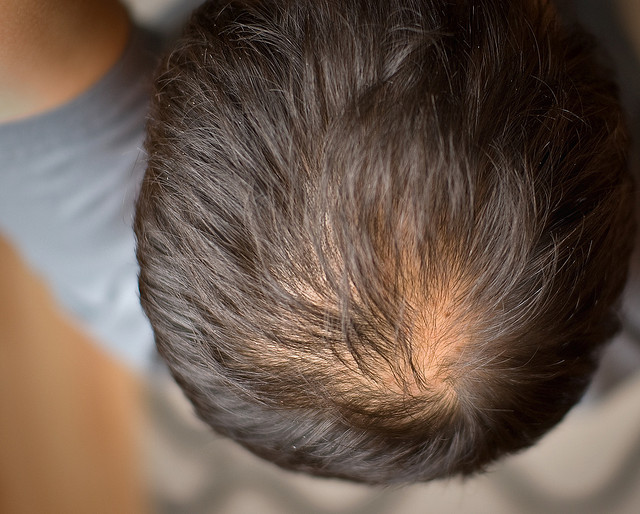A free guide to to the different types of hair loss treatments available in the UK and internationally.
Male pattern baldness accounts for over 95% of hair loss and hair thinning in men. It’s genetic and hormonal and is passed on from your forefathers and possibly by you to your children.
This is a huge problem for millions of men (and women) across the world, and whilst that means not only are you not alone, it also means there are a good number of options for you to take regarding treatments.
For those who are considering taking action either to attempt to regrow hair or prevent further loss, it’s important to fully understand the different options available.
Here is a list of types of Hair Loss Treatments on the market today.
Contents
1. Surgical Treatments
Surgery is the only permanent solution for hair restoration, and thus is a very popular choice.
The two surgical procedures available are as follows:
Hair Transplant Surgery
Transplant Surgery is a process which doctors remove a strip of hair from a donor and split it into individual natural hair growth units.
Then, in the areas of most thinning, very small incisions are made, and the new hair transplanted in.
Over 95% of new hair units will successfully root which creates a natural permanent solution to the lost hair.
The most effective and successful hair loss treatment available today, transplanted hair requires very little maintenance, looks just like your own hair and feels natural to touch.
Scalp Reduction/Flap
With this procedure, hairless areas of the scalp are surgically removed and replaced with skin which is covered in hair.
A technique called a ‘flap’ can also be carried out, whereby scalp already covered in hair is folded over an area of scalp without it.
2. Medication
As well as the surgical route, hair loss sufferers can also turn to a number of different medicinal treatments to aid their problem, such as:
DHT Inhibitors
DHT Inhibitors like Finasteride can be found in prescription the medicine Propecia.
DHT (dihydrotestosterone) is the trigger for male pattern hair loss.
It’s a sex hormone which actually promotes body and facial hair, but harmfully affects hair on the scalp, by putting strain on the follicles leading them to deteriorate.
These Inhibitors lower DHT levels by halting their creation thus relieving follicles from the damage caused.
Therefore these remedies are a hair loss reduction treatment rather than one for hair regrowth.
Antiandrogens
Another hair loss reduction treatment, Antiandrogens are found in the popular S5 Cream and block DHT before it reaches the follicle, whereas DHT Inhibitor creams like Rogaine just get rid of it completely.
This is beneficial because there are some negative side effects of having low DHT levels in men.
Growth Stimulants
Minoxidil is the component found in over the counter remedies such as Rogaine, which is proven to stimulate some new hair growth.
The liquid is rubbed into the scalp of the patient twice daily, and it can take up to 12 weeks to notice new growth.
Users of such products have complained of side effects such as scalp itching or unwanted hair growth on other parts of the forehead or face.
These are the most common treatments (apart from wigs and hairpieces) for the embarrassing and frustrating problem of premature hair loss.
Before deciding on which one might be right for you, you should fully understand the benefits and potential side effects of all the options.
Useful resources
The following resources may be useful for anyone wanting to find out more about hair loss treatments.

